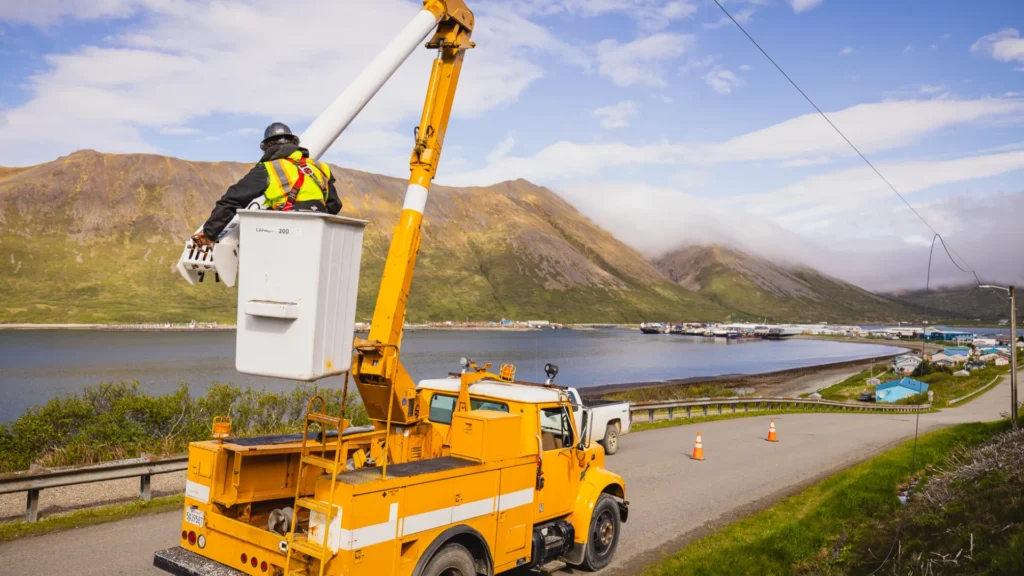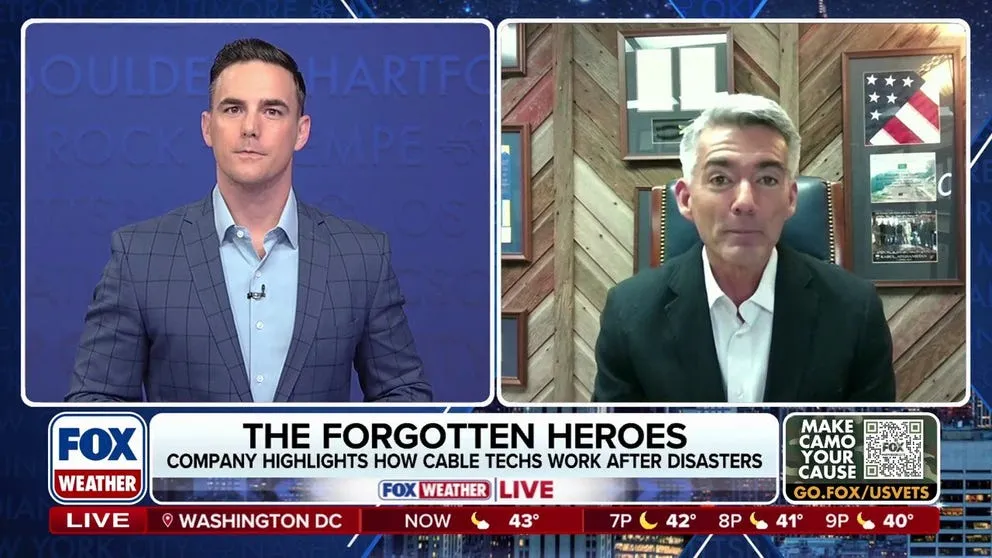Across the industry, key players have created impact at scale by joining forces to reduce the environmental impact of small equipment used by customers such as modems, routers, and set-top boxes.
Through “voluntary agreements,” manufacturers, service providers, and energy advocates work toward ongoing improvements of set-top boxes (STB) and small network equipment (SNE), with a focus on decreasing environmental impact while continuing to drive speed and innovation.
The group effort is showing positive results. Under the STB Voluntary Agreement, national STB annual energy consumption has been reduced by approximately 63% from 2012 to 2022. When it comes to SNE, the average weighted idle power across all categories of new SNE relative to broadband speed delivered has decreased by 87% — and declined every year since the SNE Voluntary Agreement began in 2015.
Set-Top Box Agreement Leads the Way
In 2012, the pay television industry — led by NCTA, the Consumer Technology Association, and CableLabs —signed onto a voluntary agreement to improve the energy efficiency and lower costs of set-top boxes. Today, signatories include major manufacturers of set-top boxes, energy advocates, and the largest cable, satellite, and telco service providers, serving approximately 57 million U.S. video subscribers and accounting for nearly 95% of the traditional pay-television market in 2022.
The primary commitment is that 90% of each service providers’ new set-top box purchases meet prescribed energy-efficiency levels for each calendar year. In 2022, 99.5% of service providers’ set-top box purchases met the applicable levels, and all the service providers met the 90% commitment individually.
In 2021, the Agreement was extended for an additional four years with new, more rigorous energy levels applicable to the 90% procurement commitment.
2022 STB Impact
- In 2022 alone, consumers saved over $3 billion on their utility bills, and over 14 million metric tons of CO2 emissions from power plants were avoided.
- Total energy consumption of the industry’s deployed set-top boxes has declined from 32 TWh in 2012 to 11.9 TWh in 2022, even as functionality and features of set-top boxes continue to increase.
- Approximately 63% reduction in annual set-top box energy consumption nationally under the Voluntary Agreement since 2012.
Small Network Equipment Agreement Shows Big Results
The STB Agreement paved the way for a second industry-wide agreement three years later, this time centered on improving the energy efficiency of small network equipment such as modems and routers. The largest U.S. residential broadband internet service providers and manufacturers of small network equipment (SNE) signed on, committing that at least 90% of all SNE purchased by each service provider or sold by each manufacturer at retail each year will meet the energy-efficiency levels established under the Agreement. Coverage continues to increase since its inception, as more manufacturers have signed on.
Overall, 98.4% of SNE purchased or sold by the signatories in 2022 met these required levels, and all but one reporting signatory met the 90% commitment individually. In 2022, the Voluntary Agreement was extended through 2025 with a new schedule of more stringent allowances that became effective in 2023, developed in partnership with a new signatory, Pacific Gas and Electric Company (PG&E). PG&E’s engagement in the SNE program is expected to help to assure the rigor of its commitments and to validate the reports of its progress.
2022 SNE Impact
- The average weighted power across all categories of new SNE relative to broadband speed delivered has decreased by 87%, and has declined every year under the Voluntary Agreement.
- Average broadband speeds increased by 15% in 2022 and more than sevenfold since the start of the Voluntary Agreement in 2015.








